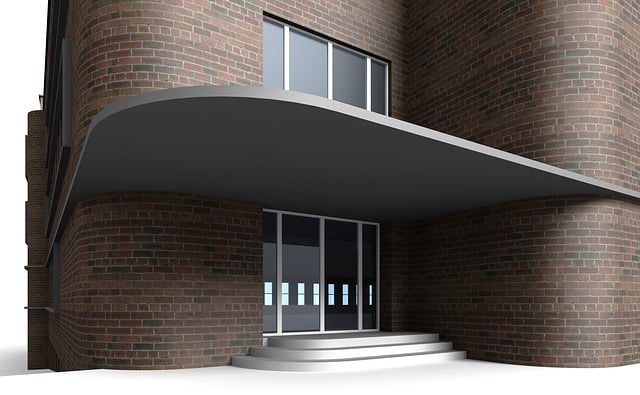Architectural rendering leverages advanced 3D modeling and photorealistic techniques to create immersive design presentations. By accurately recreating intricate details, materials, and lighting, it enhances communication, inspires stakeholders, and facilitates informed decision-making. This tool allows clients to virtually explore spaces, increasing confidence and engagement throughout the design process, ultimately leading to higher project satisfaction.
“Experience architecture before it’s built with high-detail rendering—a game-changer in design presentations. This article explores how advanced architectural rendering unlocks immersive experiences, transforming static plans into dynamic narratives. From visual storytelling techniques to realistic 3D model creation, we delve into the tools and secrets behind captivating client presentations. Discover how immersive design enhances client engagement and revolutionizes the way architecture is experienced.”
Unlocking Immersion: The Power of High-Detail Architectural Rendering
In today’s digital age, architectural rendering has evolved from a simple visual aid to a powerful tool for creating immersive design presentations. Unlocking a deeper level of immersion, high-detail architectural rendering allows designers and clients alike to experience spaces as if they were already built. This advanced technology goes beyond basic visualization by recreating intricate architectural details with remarkable accuracy, from the play of light and shadow on façades to the subtle textures of materials.
By leveraging sophisticated software and hardware, architects can craft photorealistic images and 3D models that transport viewers into the heart of a design concept. This level of detail not only enhances the understanding of a space’s aesthetics but also its functionality and scalability. High-detail architectural rendering becomes a game-changer in presentation scenarios, fostering better communication, inspiration, and decision-making among stakeholders involved in the creation process.
Visual Storytelling: Creating Compelling Design Presentations
Visual storytelling is a powerful tool in the realm of design presentations, allowing architects and designers to transport their clients into immersive digital landscapes. High-detail architectural rendering takes this to the next level, providing an extraordinary level of realism that captivates audiences. By crafting detailed 3D models, designers can showcase their vision with remarkable clarity, enabling clients to experience the space as if it were already built.
This technique goes beyond simple visualization; it becomes a means of communication, allowing for a deeper understanding of the design’s nuances and intent. With photorealistic textures, lighting, and materials, architectural renderings create compelling narratives that engage the senses. Whether presenting a new skyscraper or a intimate residential space, high-detail rendering ensures that every detail is conveyed, fostering a strong connection between the design and its future occupants.
Techniques for Realistic 3D Model Rendering
Realistic 3D model rendering is a cornerstone of immersive design presentations, particularly in architectural rendering. To achieve photorealism, artists employ sophisticated techniques that mimic real-world lighting and material properties. This involves careful consideration of global illumination, where light bounces off multiple surfaces to create soft shadows and realistic reflections, enhancing the overall visual fidelity.
Furthermore, high-detail textures play a crucial role in making 3D models appear lifelike. By applying detailed materials that mimic real-world substances like marble, wood, or glass, artists can significantly enhance the realism of architectural designs. These textures are meticulously created and mapped onto 3D models, adding layers of intricate detail that captivate the viewer and transport them into the virtual space.
Enhancing Client Experience: Immersive Design's Impact on Architecture
Immersive design, powered by high-detail architectural rendering, significantly enhances the client experience in architecture. By creating three-dimensional models that closely resemble the final project, designers can offer clients a tangible sense of what their future spaces will look and feel like. This level of detail goes beyond flat plans and elevations, allowing clients to truly “walk through” their designs virtually.
The impact is profound: clients gain a deeper understanding of the architectural concept, making informed decisions with confidence. High-fidelity renderings also foster trust and excitement, as they reveal subtle design nuances that might otherwise go unnoticed. This enhances client satisfaction and engagement throughout the design process, ultimately leading to more successful project outcomes.
High-detail architectural rendering is transforming the way architects present and experience design concepts. By unlocking immersive environments, visual storytelling techniques, and realistic 3D model rendering, this technology enhances client experiences and fosters a deeper connection with designs. As we navigate the world of architecture in the digital age, leveraging these tools is no longer optional—it’s essential for making a lasting impression and revolutionizing the way we explore and appreciate built environments.
